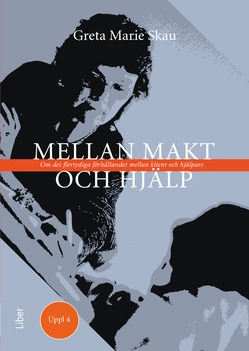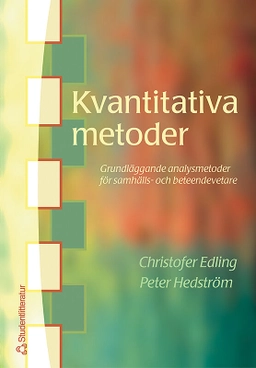

State Procedure and Union RightsUpplaga 1
- Upplaga: 1a upplagan
- Utgiven: 2007
- ISBN: 9789176786604
- Sidor: 386 st
- Förlag: Iustus
- Format: Häftad
- Språk: Engelska
Om boken
Åtkomstkoder och digitalt tilläggsmaterial garanteras inte med begagnade böcker
Mer om State Procedure and Union Rights (2007)
I april 2007 släpptes boken State Procedure and Union Rights skriven av Johan Lindholm. Det är den 1a upplagan av kursboken. Den är skriven på engelska och består av 386 sidor djupgående information om juridik. Förlaget bakom boken är Iustus.
Köp boken State Procedure and Union Rights på Studentapan och spara pengar.
Tillhör kategorierna
Referera till State Procedure and Union Rights (Upplaga 1)
Harvard
Oxford
APA
Vancouver



















